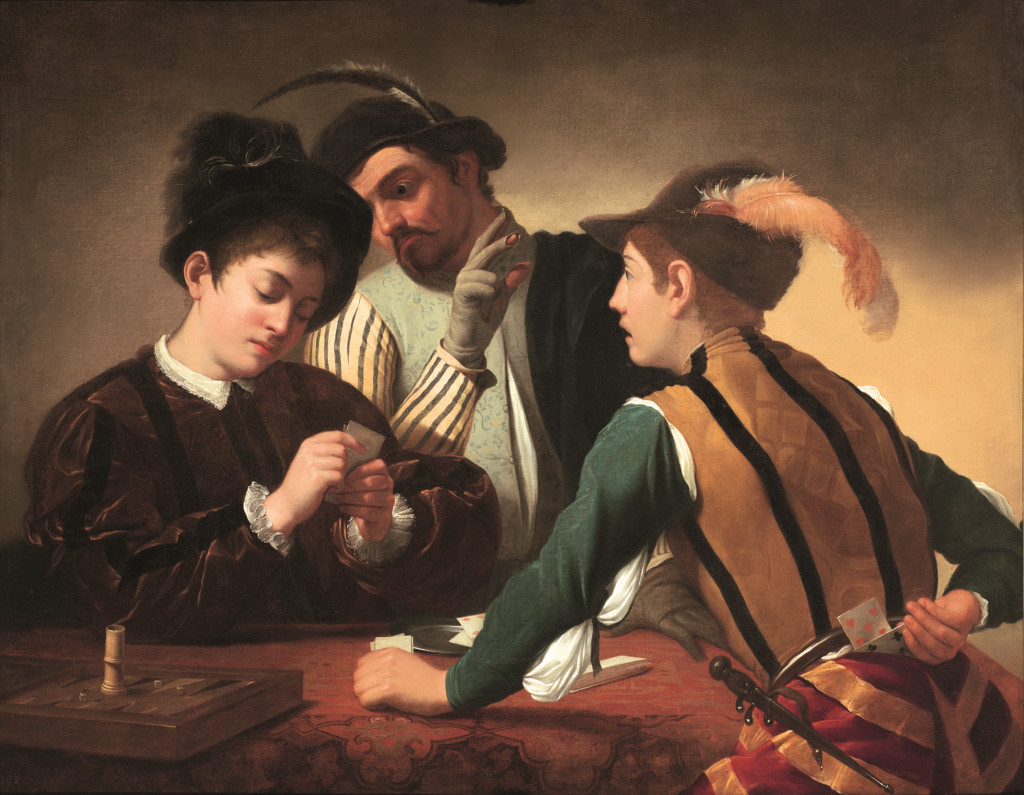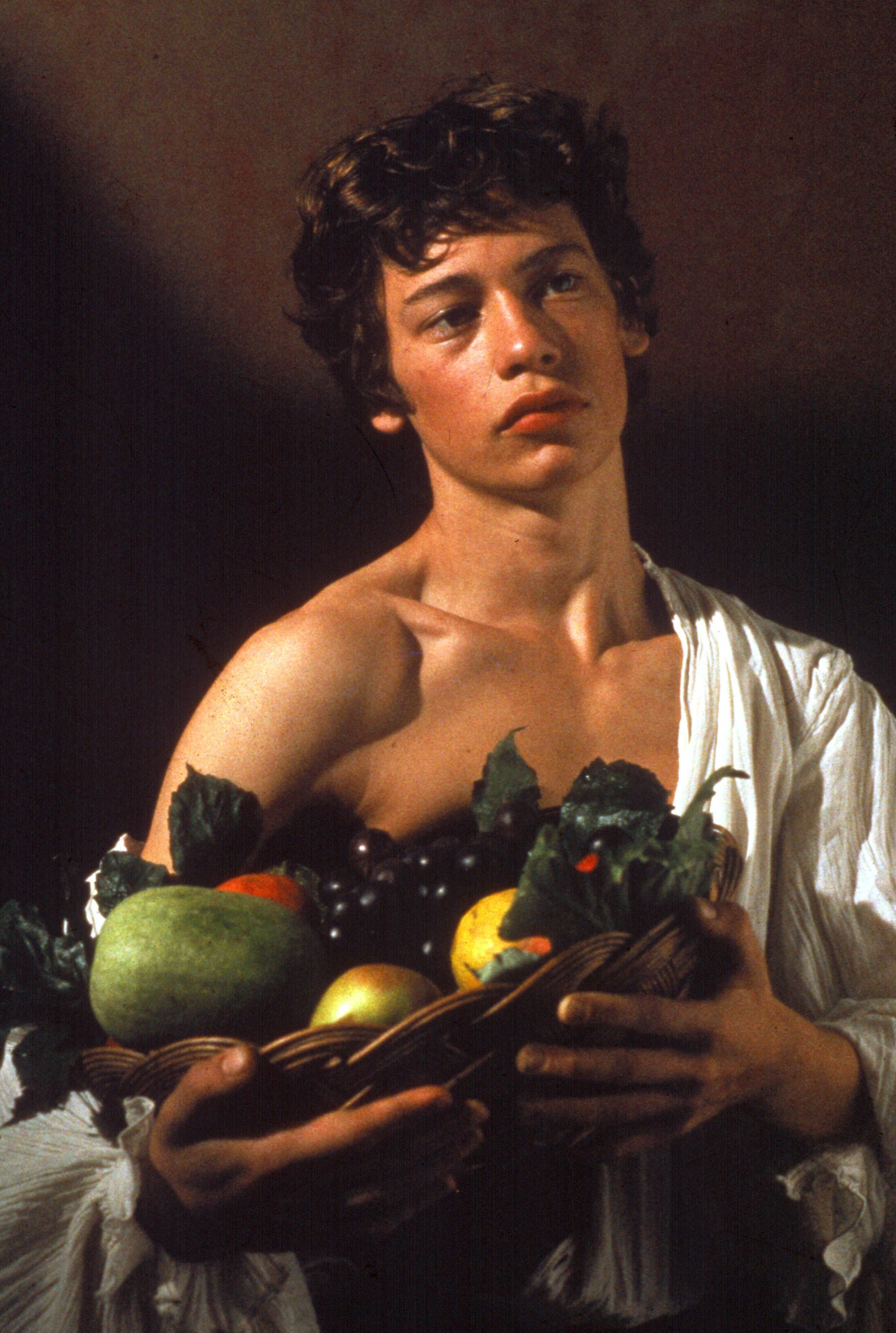The National Gallery concluded its exhibition with the last painting by Michelangelo Merisi da Caravaggio (1571–1610), which had not been seen in the UK for almost 20 years, with a record number of visitors: 286.298 in 95 days of exhibition. The Last Caravaggio remained from 18 April to 21 July 2024, presented as “The Martyrdom of Saint Ursula” (1610), generously loaned by the Intesa Sanpaolo Collection (Gallerie d'Italia – Naples), exhibited together with another late work by the Italian artist from the Galleria Nazionale collection, Salome Receiving the Head of John the Baptist (c. 1609–10).
The free exhibition, the first of NG200 – the National Gallery’s bicentenary year – received a total of 286.298 visitors over 95 days. That’s an average of 3.014 visits per day. This makes it the tenth most visited exhibition in the National Gallery’s history, both in terms of total attendance and average daily attendance. The exhibition, which offered an opportunity to explore Caravaggio’s late paintings and the depiction of violence in his work, similarly engaged with online audiences. The total reach of the exhibition content on social media was 1,8 million, and the total views of the Artists on Artists film were 746.000.
Caravaggio's Legacy in the Spotlight
The success of the exhibition highlights the enduring fascination with Caravaggio’s art and his dramatic, often violent, style. The artist’s work has inspired generations of artists, and his influence can be seen in the work of painters like Rembrandt, Velázquez, and even modern artists like Francis Bacon. The exhibition provided a rare opportunity to see two of Caravaggio’s most powerful and iconic works side-by-side, and it was clear that the public was eager to experience them.
A Deeper Dive into the Artist’s Works
The exhibition offered a glimpse into Caravaggio's artistic evolution, particularly in his late works. The “Martyrdom of Saint Ursula,” painted in 1610, showcases Caravaggio’s signature style: realism, dramatic lighting, and a focus on the emotional intensity of his subjects. The painting depicts the moment when Saint Ursula is killed by a barbarian army, and Caravaggio’s use of light and shadow creates a sense of both violence and beauty. This work, along with “Salome Receiving the Head of John the Baptist,” offered visitors a deeper understanding of Caravaggio’s mastery of painting and his ability to evoke powerful emotions through his art.
Beyond the Walls: The Exhibition’s Digital Footprint
The exhibition’s success was not limited to the physical gallery walls. It also resonated on social media, reaching a global audience of 1.8 million users. The exhibition content, which included behind-the-scenes videos, interviews with experts, and engaging discussions about Caravaggio’s work, captured the attention of art enthusiasts worldwide. This online engagement further testifies to the enduring popularity of Caravaggio’s work and the National Gallery’s ability to connect with a global audience through digital platforms.
Looking Ahead: What's Next for the National Gallery?
The National Gallery has a busy year ahead, with a number of exciting exhibitions planned. Here are some of the upcoming events to look forward to:
- Hockney and Piero: a longer look (August 8 – October 27, 2024, Room 46, Free admission)
- Constable and The Hay Wain (17 October 2024 – 2 February 2025, Sunley Room, Free Entry)
- Van Gogh: Poets and Lovers (September 14, 2024 – January 19, 2025, Halls 1 – 8, Paid admission)
- Parmigianino: The Vision of Saint Jerome (December 5, 2024 – March 9, 2025, Room 46, Free admission)
- Siena: The Rise of Painting 1300 – 1350 (March 8 – June 22, 2025, Ground Floor Galleries, Paid Admission)
The National Gallery’s commitment to showcasing the best of art history, from Renaissance masters to modern masters, is evident in its diverse and engaging exhibition program. The success of the Caravaggio exhibition is a testament to the gallery’s ability to attract both local and international audiences, and the upcoming exhibitions promise to be just as captivating and insightful. The National Gallery continues to be a leading destination for art lovers worldwide, offering a unique window into the history of art and culture.


















